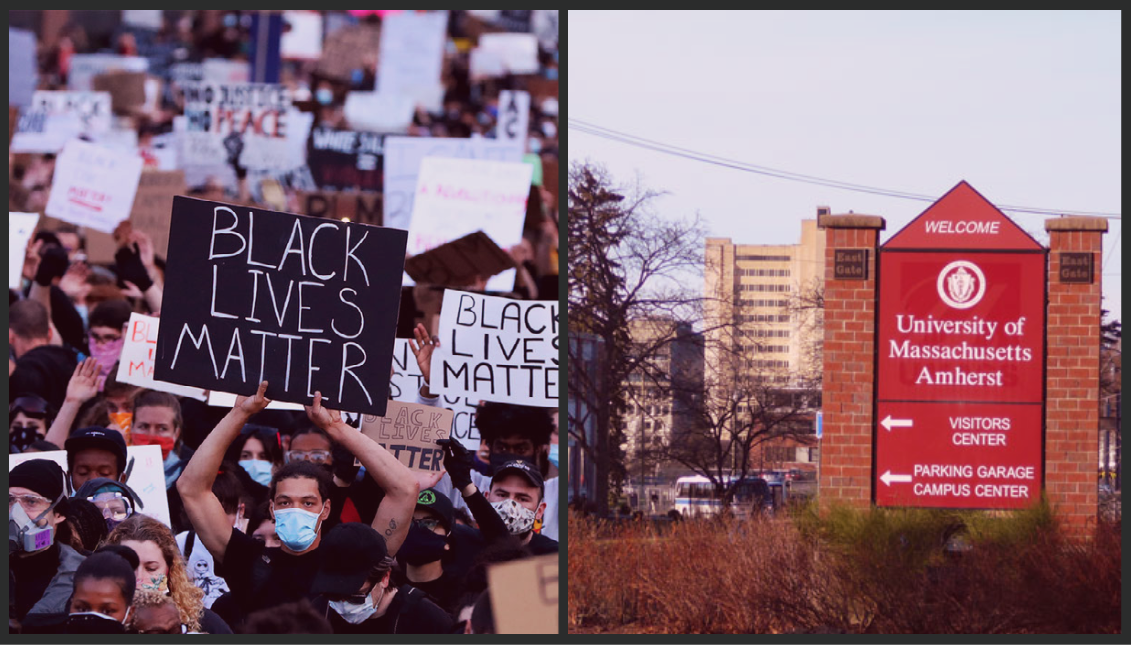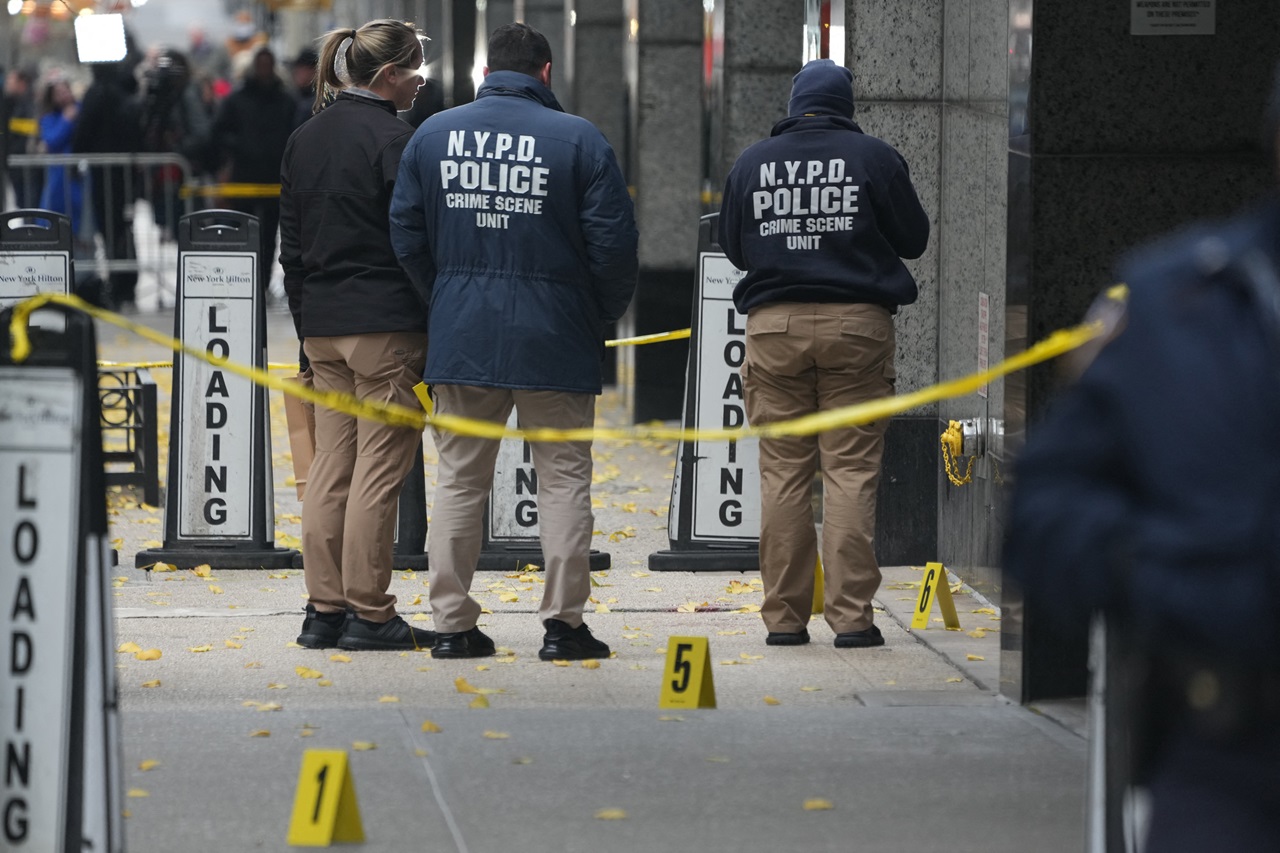
Why Amherst, Massachusetts is considering reparations for its Black residents
The mostly-white college town has long overlooked the contributions of Black residents and is out to try to make amends.
Can you actually put a price tag on trauma? The town of Amherst, Massachusetts is discussing this very concept in efforts to compensate for the hardships faced by current and former Black residents.
The concept is not new, but it’s been gaining more traction and sparking more conversations ever since the death of George Floyd led to global shock and disturbance.
The quaint college town of Amherst, located about 90 miles from Boston, has a white population of 72.5% and a Black population of only 4.27%. It is now joining hundreds of communities and organizations across the country seeking to provide reparations to Black people.
The state of California, the city of Providence, Rhode Island, religious denominations like the Episcopal Church and prominent colleges like Washington D.C’s Georgetown University are just a few of the communities considering offering financial compensation to their Black residents.
In November 2020, Rhode Island passed a measure changing its official name from “The State of Rhode Island and Providence Plantations,” by removing the “Providence Plantations,” due to its connection with the institution of slavery. Thus, moving to provide racial reparations seems like a natural next step for the city of Providence.
I spoke with Bill Lynch, chairman of the Question 1 campaign, about their victory on the Rhode Island state name change approval and why he thinks it passed. Instead of the state being Rhode Island and Providence Plantations, it will now just be Rhode Island @wpri12 pic.twitter.com/76A2OX0g5C
— Courtney Carter (@_CourtneyNews) November 4, 2020
In July 2020, Asheville, North Carolina did more than just open a dialogue about reparations; they issued an apology to their Black residents and demonstrated their sincerity through investments in areas where residents have been facing racial inequity.
Asheville, North Carolina, says it is giving reparations to its Black residents for systemic racism perpetuated by the city since its founding in 1797 https://t.co/KeCuT0njgk pic.twitter.com/nkxLDRxEgm
— NowThis (@nowthisnews) July 19, 2020
This included more access to affordable housing, strategies to grow generational wealth, programs that will work to close the gaps in healthcare, education, employment and wages, fairness within criminal justice, and more.
Amherst’s discussion began last summer, when two white yoga teachers, Michelle Miller and Matthew Andrews, co-wrote an opinion piece in the Daily Hampshire Gazette, calling for the town to start exploring what racial restoration would look like on a local level.
Through their organization, Reparations for Amherst, Miller and Andrews uncovered 400 years worth of structural racism within their “precious little New England town,” resulting in their declaration that their town cannot rightfully claim to be in the clear when it comes to matters of racial oppression.
“Not even close,” they wrote.
The yoga-practicing activists also cited an important statistic from a 2020 report from the League of Women Voters. In 2019, the median family income for white families in Amherst was 2.4 times greater than the median family income for Black families.
“If you wind through our picturesque roads, you will pass by anti-racist lawn signs as frequently as you’d pass by a Starbucks strolling through Manhattan. There are a lot of well-intentioned residents and there’s plenty of goodwill, but what does it really mean when we, as white people, say “Black Lives Matter?” they wrote.
Their work led to a town council-approved resolution, officially committing the town to a “path of remedy” for any and all Black residents that were “injured or harmed by discrimination and racial injustice.”
According to Miller and Andrews’ research, restrictive housing policies have prevented Black families from purchasing homes in desirable parts of town. They were also excluded from jobs and educational opportunities at UMass Amherst, one the state’s largest and most prominent institutions.
UMass Amherst Professor Edwin Driver has experienced these systemic inequities firsthand.
In 1948, he became one of the first Black teachers at the university. Despite being one of its most published professors, Driver says he was denied pay raises for decades.
WATCH: Edwin D. Driver was one of the first Black teachers hired at a flagship state university in 1948. As Amherst mulls Black reparations, the 96-year-old describes his experiences at University of Massachusetts Amherst https://t.co/Jf7up6FxH2 (@AP video by @ngowi )
— Rodrique Ngowi (@ngowi) March 10, 2021
Driver and his wife, who immigrated from India, have also encountered barriers to home ownership in the mostly white college town. Their three children faced racism from school officials and neighbors alike.
RELATED CONTENT
The now 96-year old professor emeritus said that a lot of people in the town haven’t received their fair share of things.
“I ended up being the lowest paid professor in the department, but also its most productive,” said Driver.
Kathleen Anderson, a former president of the Amherst NAACP chapter, said it is encouraging to know that white residents initiated the reparations effort, but she believes that the next step should come from the Black community.
Anderson and other Black residents are holding virtual conversations this spring to talk about how the reparations should be modeled.
Amilcar Shabazz, a professor of Africana studies at UMass, wonders if the town is fully prepared for these changes, and whether or not these “scars” can truly be healed.
Shabazz explained that two celebrated Black authors, James Baldwin and Chinua Achebe both taught at UMass, but they are not recognized anywhere in town. He’d like to see more town landmarks and monuments.
About 20 years after Driver was hired at UMass Amherst, the institution only had six Black faculty members and 36 Black students in a student body of nearly 17,000, according to their historical records.
Driver recalled that during his early years in town, Black students were barred from living on campus at the nearby Amherst College.
“If reparations could make up the lost salary, I would appreciate it, I would enjoy it, I would celebrate it.” Driver hopes that the University could acknowledge the contributions of its Black professors.
Ideally, he’d like to have the historic Old Chapel where his first office was located, renamed in his honor.
You cannot put a price tag on trauma, and money cannot atone for 400 years of structural racism, but if Amherst continues to display their “Black Lives Matter” signage, it’s time for them to make that a reality in their beloved town.











LEAVE A COMMENT:
Join the discussion! Leave a comment.